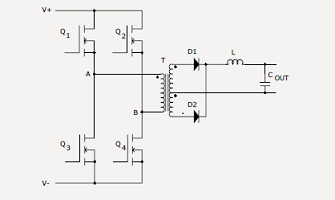
Why Make a Differential Measurement
Making an accurate measurement requires an unbroken chain of signal integrity from the point of connection through the conversion to a numerical value. This article concerns itself with the initial connection and immediate circuitry that conveys the signal of interest to the measurement system. There are many signals of interest in the circuits and systems in existence today that cannot be effectively measured with a single ended connection. A single ended connection is defined as one point referenced to a general ground plane. In contrast, a differential measurement is made between two points that may or may not be at ground potential. This provides obvious advantages when both points are separated from ground but also acts to reduce noise in all measurements even when the point of interest is referenced to local ground. In many circumstances, digitizers and oscilloscopes are limited by their single ended input circuitry to yield a useful measurement; or worse, they entice users to compromise safety in order to acquire a given signal.
Advertisement
Learn more about Tegam





